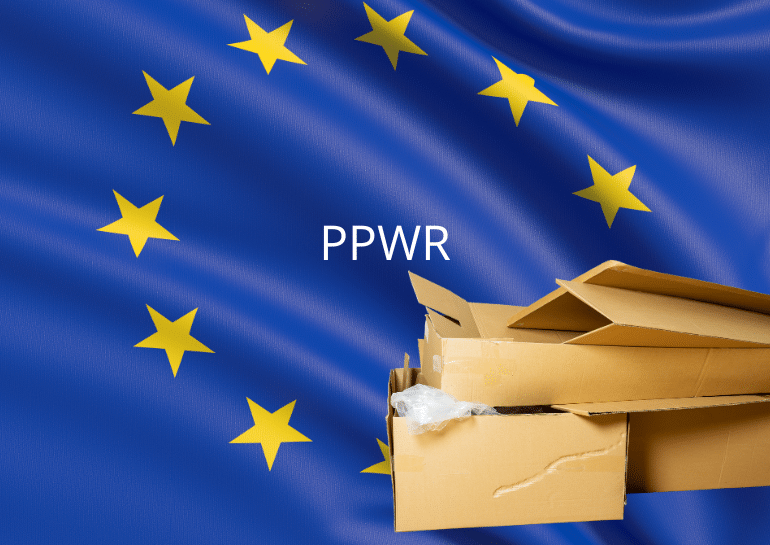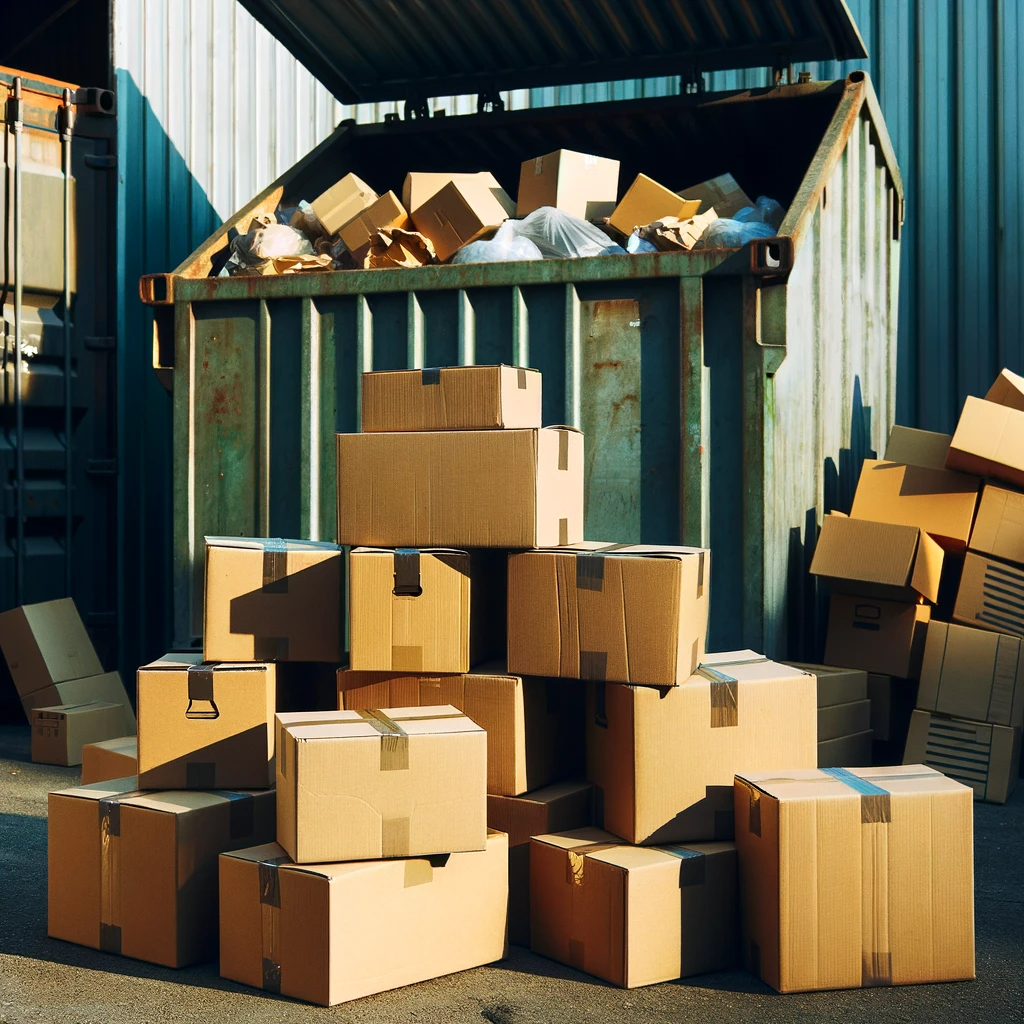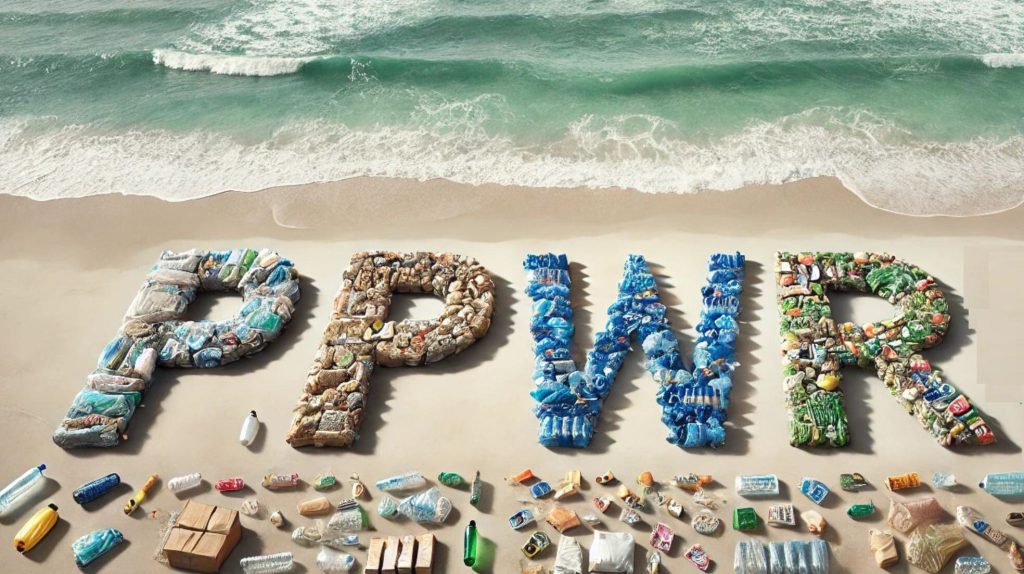
The landscape of packaging is undergoing a significant transformation, driven by the urgent need for sustainability. At the forefront of this change is the Packaging and Packaging Waste Regulation (PPWR) in the EU. If you’re involved in any stage of the supply chain that touches packaging – from design and manufacturing to importing and distribution – understanding the PPWR is no longer optional; it’s crucial for your future success.
This article breaks down the key aspects of the PPWR, explains why it demands immediate attention, outlines the timeline for implementation, and most importantly, details what it means for your packaging design and labeling choices.
What Exactly is the PPWR?
In short, the PPWR is a groundbreaking initiative by the European Union aimed at fundamentally reshaping how we approach packaging. Its core objectives are to:
- Harmonize rules across EU member states, creating a level playing field for businesses.
- Reduce the environmental impact of packaging throughout its lifecycle.
- Promote recyclability as a core principle in packaging design.
- Boost the circular economy by encouraging reuse, refill, and effective waste management.
Think of it as a comprehensive framework designed to move away from a linear “take-make-dispose” model towards a more sustainable and circular approach to packaging.
Why the Urgency? The Stark Reality of Packaging Waste
The need for the PPWR is underscored by some alarming statistics:
- A staggering 20% increase in packaging waste has been witnessed in the EU over the last decade. This upward trend is unsustainable and puts immense pressure on our planet’s resources.
- From a climate perspective, the CO2 emissions linked to packaging are equivalent to the total emissions of a small to medium-sized EU country. This highlights the significant carbon footprint of our current packaging systems.
- Pollution, particularly leakage of packaging into land and sea, is a major concern. Shockingly, packaging is responsible for nearly half of all marine litter. This devastating impact on our ecosystems demands immediate action.
These figures paint a clear picture: the current trajectory of packaging production and disposal is environmentally damaging and economically inefficient. The PPWR is a necessary step to address these critical issues.


The Clock is Ticking: Understanding the PPWR Timeline
The PPWR agreement was signed in 2024 and is expected to come into force on 11 February 2025. Crucially, the regulation will be applied across the entire European Union within 18 months of its entry into force. This means businesses have a limited window to adapt their packaging strategies.
Furthermore, it’s vital to understand that the PPWR will apply to all packaging placed on the EU market, including imported goods. This has significant implications for businesses operating outside the EU that wish to sell their products within the bloc.
What the PPWR Means for Your Packaging Design: A Two-Step Transformation
The PPWR will fundamentally reshape how packaging is designed, with a clear focus on recyclability:
- Step 1: Design for Recycling (by 2030): All packaging must be designed in a way that facilitates effective recycling. This includes material choices, product design, and compatibility with existing recycling infrastructure. The regulation will likely establish grades (e.g., A to C) to assess the recyclability of packaging.
- Step 2: Recycling at Scale (by 2035): The ultimate goal is for all packaging to be recycled effectively and at scale across the EU. This necessitates not only design for recyclability but also robust collection, sorting, and reprocessing systems.
Beyond recyclability, the PPWR will introduce requirements and guidelines for:
- Packaging Minimization: Encouraging the use of the least amount of material necessary while maintaining functionality.
- Recycled and Bio-based Content: Mandating minimum levels of recycled content in certain packaging types and promoting the use of sustainable bio-based materials.
- Reuse and Refill Applications: Fostering the development and adoption of reusable and refillable packaging systems.
- Compostability: Setting standards and guidelines for compostable packaging where appropriate.
Furthermore, the legislation will provide a framework for Extended Producer Responsibility (EPR) fees. This means that producers will bear greater financial responsibility for the end-of-life management of their packaging.


Key Elements in Packaging Design and Labeling Choices Under the PPWR
The PPWR will have a significant impact on your day-to-day decisions regarding packaging design and labeling:
- Label Compliance: Labels must clearly communicate the recyclability of the packaging and meet specific regulatory requirements .
- Design for Recycling Requirements: Packaging design choices will be heavily influenced by the need to ensure recyclability, considering factors like material compatibility, separability, and avoidance of contaminants.
- Testing Protocols and Certifications: Businesses will likely need to adhere to specific testing protocols and obtain certifications to demonstrate compliance with the PPWR’s requirements.
- Audits: Regular audits may be necessary to ensure ongoing compliance with the evolving regulations.
- Extended Producer Responsibility (EPR) Fees: Understanding and factoring in the upcoming EPR fees will be crucial for cost management and strategic decision-making.
This is a Game Changer for Sustainable Packaging and Innovation. The PPWR, while presenting challenges, also offers a significant opportunity to drive innovation in sustainable packaging materials, designs, and business models.
What are your thoughts on the PPWR and its potential impact on your industry?
Share your insights and questions in the comments below!
#PPWR #SustainablePackaging #PackagingWaste #CircularEconomy #EUregulation #PackagingDesign #Recyclability #Sustainability #Innovation #BusinessStrategy



